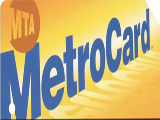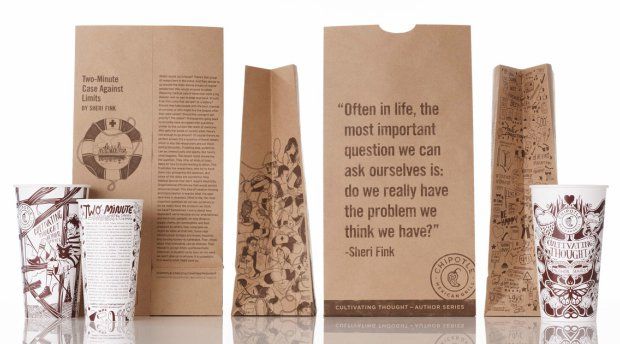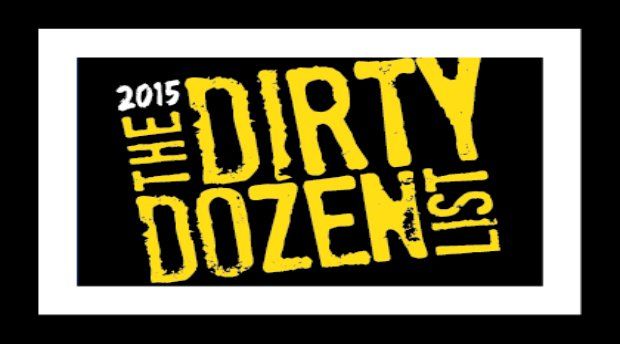From Posterior MTA Goes Frontal, Bows To Lure Of Commercial Dollars
Post Views 0
MTA did carry ads on the reverse side of their cards, and the first time it did so was way back in 1995, but they did not bring in predicted revenue. MTA Chairman Joseph Lhota feels that carrying the ads on the frontal side will be much more effective and revenue-generating.
Ad industry watchers are expressing surprise, why it took New York’s Metropolitan Transportation Authority so long to take such an obvious decision, the fact that the cards backs have been offered as advertising space since the last 17 years, showed that MTA had no objections or issues about allowing their cards to be used for advertisements.
Whilst announcing the plan, Lhota said, inasmuch as millions of people carry these cards with them wherever they go and also use them many times throughout the day, “For those with a message and a desire to reach millions of people in a novel, attention-getting way, there is no better way to advertise.”
When the ads will appear and how much the ads will cost is as yet unclear, but informed sources say that it will be much more than the $25,500 to run ads on the backs of 50,000 cards, and $450,000 for 2.5 million.
Not many people have raised their objections, however, one commuter griped “The commercialization of humanity is destroying everything in the world … it would be nice to have public transportation separate from brainwashing.”
However, other commuters are feeling that the extra income will be a buffer against future rate hikes and could actually be used to improve the subway system.
The cards that commuters swipe to board the subways and buses have little space on the reverse side, as advertisements are already there but the cards yellow-and-blue fronts have been adorned only with the Metropolitan Transportation Authority logo, a magnetic strip and the words “Insert this way/This side facing you.”
Selling ads on the front of the Metro Cards is an extension of MTA’s initiative of selling advertising space, to increase revenue. The latest plan follows selling space on the exteriors of trains, including full coverage and digital ads inside the system.
Aaron Donovan, an agency spokesman said that advertising revenue is estimated to reach $ 120 million this year in 1997 it was just $38 million. MetroCard advertising has shown varied incomes over recent times, recording highs of as much as $165,000 and as falling to record lows of as little as $16,000.
Even though, according to agency reports, no advertisers have yet come forward for the front-side ads, past advertisers for the reverse side include J.C. Penney Company, Domino’s Pizza Inc. and MetroPCS Communications Inc.
The MTA is expecting to face deficits of as much as $204 million in 2014 and 2015. It passed a $12.7 billion budget in December. It says that it is hoping for a $1 million cash balance in 2012 and a $80 million cash balance in 2013, that will help offset somewhat the huge deficits.
It is not mandatory for to advertisers to follow any color or design restrictions. “The whole thing is available, except for the black stripe,” an agency spokesman, Aaron Donovan, said.
Mr. Donovan said it was reasonably probable that quite a few classic yellow cards would still be circulation even after any advertising buys. But New Yorkers cannot pick a card of their choice, “Whatever card is next up in the stack is the next one you get,” he said.
One reason why there haven’t been too many opposing voices is that this new source of revenue generation comes just months before hearings of a possible fare increase. This could help mitigate the fare increase.
“I think most people would rather have an advertisement than an increase in fares,” said Julissa Rivas, 17, a high school student from Washington Heights.
Amy Schulz, 31, from Hell’s Kitchen, said “People associate New York with the subway,” she said. “And when you think of the subway, that picture — the yellow and blue, with ‘M.T.A.’ — is what you think of. It’s what I reach for in my wallet.”
To those who lamented of the demise of yet another symbol of a bygone era, the general reaction was that, for one thing the cards weren’t so old and any extra revenue was a good thing.
“If it bothers you,” Jim Mooney, 50, from Rego Park, Queens, said of a soon-to-be ad, “don’t look at it.”
Gene Russianoff, the staff attorney for the Straphangers Campaign, a rider advocacy group, said he understood the urgency for MTA to seek alternative revenue sources but selling space on front of the cards would not yield a lot, he felt.
MTA will surely earn a lot of revenue, but one thing that it will surely lose is the immediate connection that the card has with the MTA. It will be sacrificing its most visible face and the users immediate connection between the card and MTA could disintegrate and disappear without a trace.
From Posterior MTA Goes Frontal, Bows To Lure Of Commercial Dollars by Harrison Barnes


 Fast Food Companies Look to Their Consumers for Advertising
Fast Food Companies Look to Their Consumers for Advertising  “Deadzone Diners” Takes a Different Approach to Cellphone Usage
“Deadzone Diners” Takes a Different Approach to Cellphone Usage  Project Gravitas Prepares for Black Friday with ‘Message in a PG Box’
Project Gravitas Prepares for Black Friday with ‘Message in a PG Box’  12 Companies That Profit Off Sexual Exploitation
12 Companies That Profit Off Sexual Exploitation  What Really Happens When We Receive Personalized Ads
What Really Happens When We Receive Personalized Ads  Next Level Text Allows Anyone to Fundraise
Next Level Text Allows Anyone to Fundraise  Advertisers Turn to Outlets Other Than Traditional Television
Advertisers Turn to Outlets Other Than Traditional Television